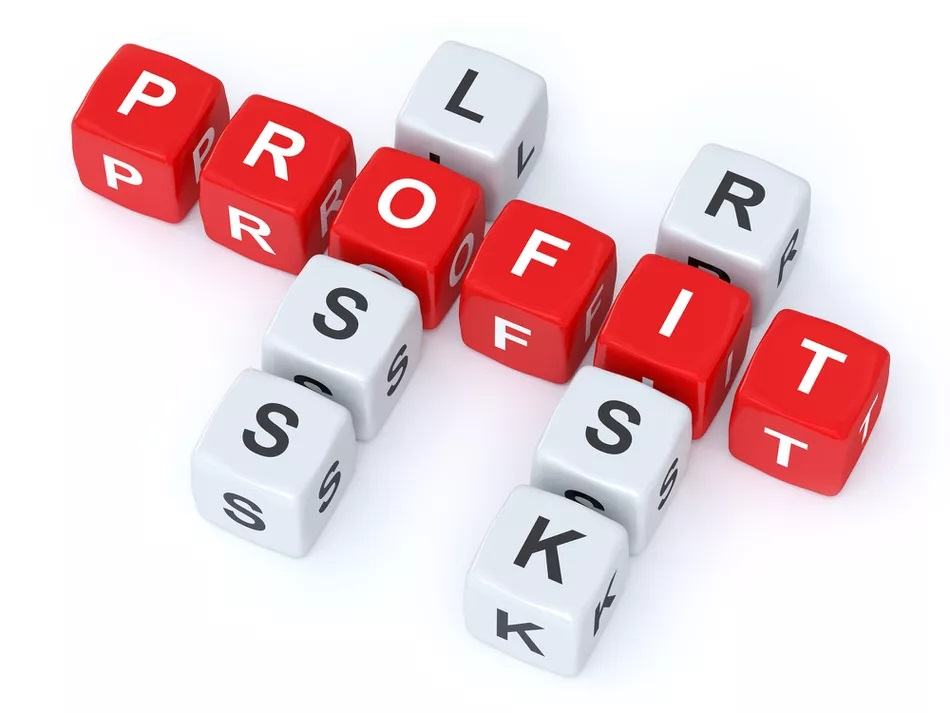
Day, or short-term trading has largely been misunderstood as a trading technique. The rapid change of investment positions involved in it leaves one with the impression that it is one of the riskiest and most volatile kinds of trading. Let’s try to debunk some of these myths by taking a look at a few short-term strategies that might benefit newbies and experts in the same way.
First, A Definition
As the name itself conveys, day trading involves entering and exiting a position in a single day. These positions are held for an extremely short time on the market, usually spanning a single day. However, periods may vary.
An investor can either buy shares, or “borrow” them, subsequently offering to sell these shares at a particular price. Day traders usually count on volatility while markets are open, and avoid risks that might come together with overnight events occurring as markets close down.
How Risky Is It?
According to the experts at https://tradingreview.net/, day trading positions are actually quite safe to operate due to the fact that the whole process takes place in a single day. The shorter the length of the trade, the easier it is to control the risk. The longer you stay in a position, the more likely it is that the price might eventually move in a bad direction, causing you losses. Overnight and weekend risk are eliminated for markets that have opening hours.
Not holding your position during the closed hours, you avoid the possibility of surprises in foreign markets, bad economic news or a report that surfaces when you are unable to take corrective measures. Despite the fact that some securities can indeed be sold and bought “after hours”, a negative event might cause markets to open at dramatically different prices the next day. Which means that day trading actually reduces market volatility, instead of increasing it. After determining some of the types of analysis you will use, it’s time to develop a trading strategy. This can be through fundamental analysis, technical analysis, or a combination of both. It is key that you develop a strategy and include it as a part of your trading plan.
What Is Necessary At First?

In order to start trading, you are going to need certain services and technology at your disposal. Even though it’s a popular misconception that you need to make a huge investment in powerful computers and a dozen monitors, the truth is any desktop or laptop computer and access to internet connection would do the job. Of course, you would have to check the system requirements you need to meet in order to be able to work with specific trading software.
One of the bigger investments would be for internet services, as speed is absolutely crucial to the successful outcome of your investment ventures. Most providers do offer the necessary bandwidth of 20 mbps, so finding one is rarely an issue. Do not make a mistake by overlooking this prerequisite. Check out this article on other stuff to avoid in order to be successful.
Essential Tips On Getting Started
In order to not get overwhelmed by the perceived aggressiveness of the market, a good way to start trading is by always setting target prices before you jump in. Then looking for cases where supply and demand are highly disproportionate and use these as an entry point. From then on, becoming an expert will inevitably take time and patience.
Why patience? Because it is definitely required until one accumulates the expertise that comes with time, as well as the ability to read into different scenarios with a good risk-reward ratio that are worth participating in. My all means try to develop a trading strategy, regardless of how much or, respectively, little you know about the subject matter. Taking a course or two is a very good idea, especially if you are a complete novice.
The most important thing to remember here is that financial markets operate on the principles of supply and demand just like any other kind of market. When supply is low and buyers – many, it’s only natural for prices to rise. On the other hand, when there’s sufficient stock and little interest, prices will fall. And the day trader should know when to take advantage of that or when to wait.
Another popular myth is that traders do not miss a day. This couldn’t be farther from the truth. The good ones might be there, on the market, for days before they see a good opportunity to grab. And that, of course, is real trading, not doing something out of impatience or just for the sake of participating, even if it means going against your better judgment.
To read more on topics like this, check out the business category.